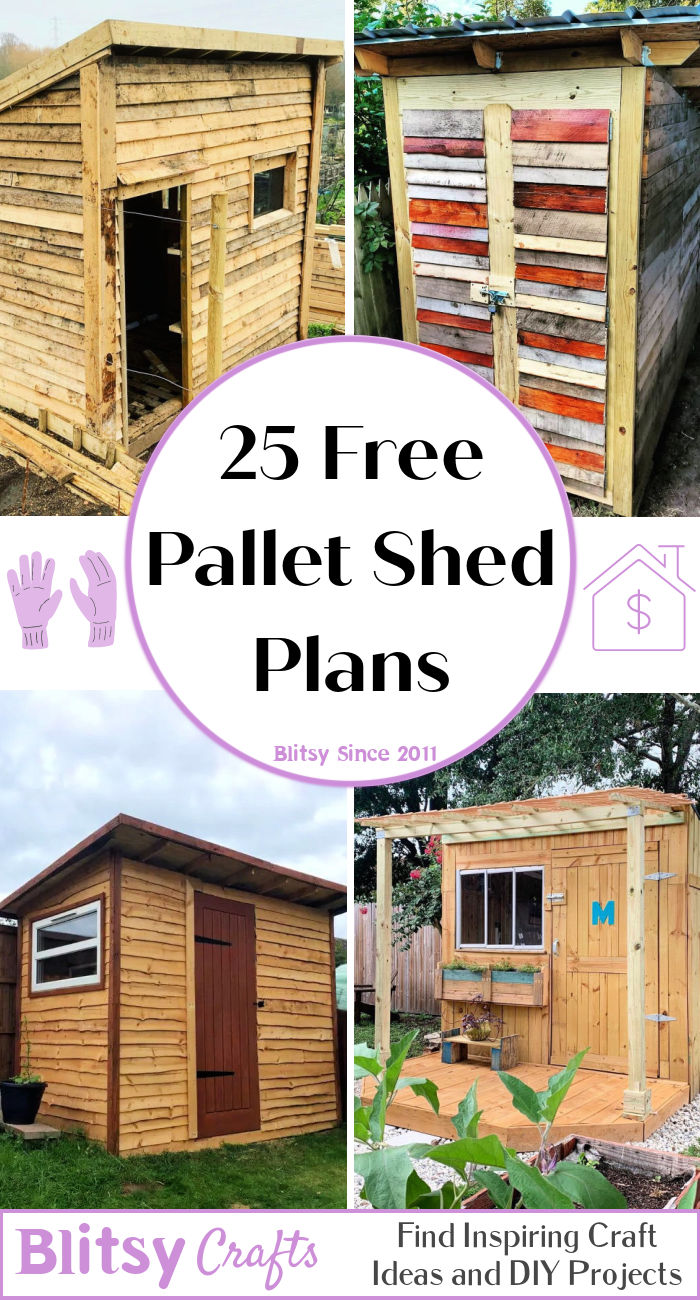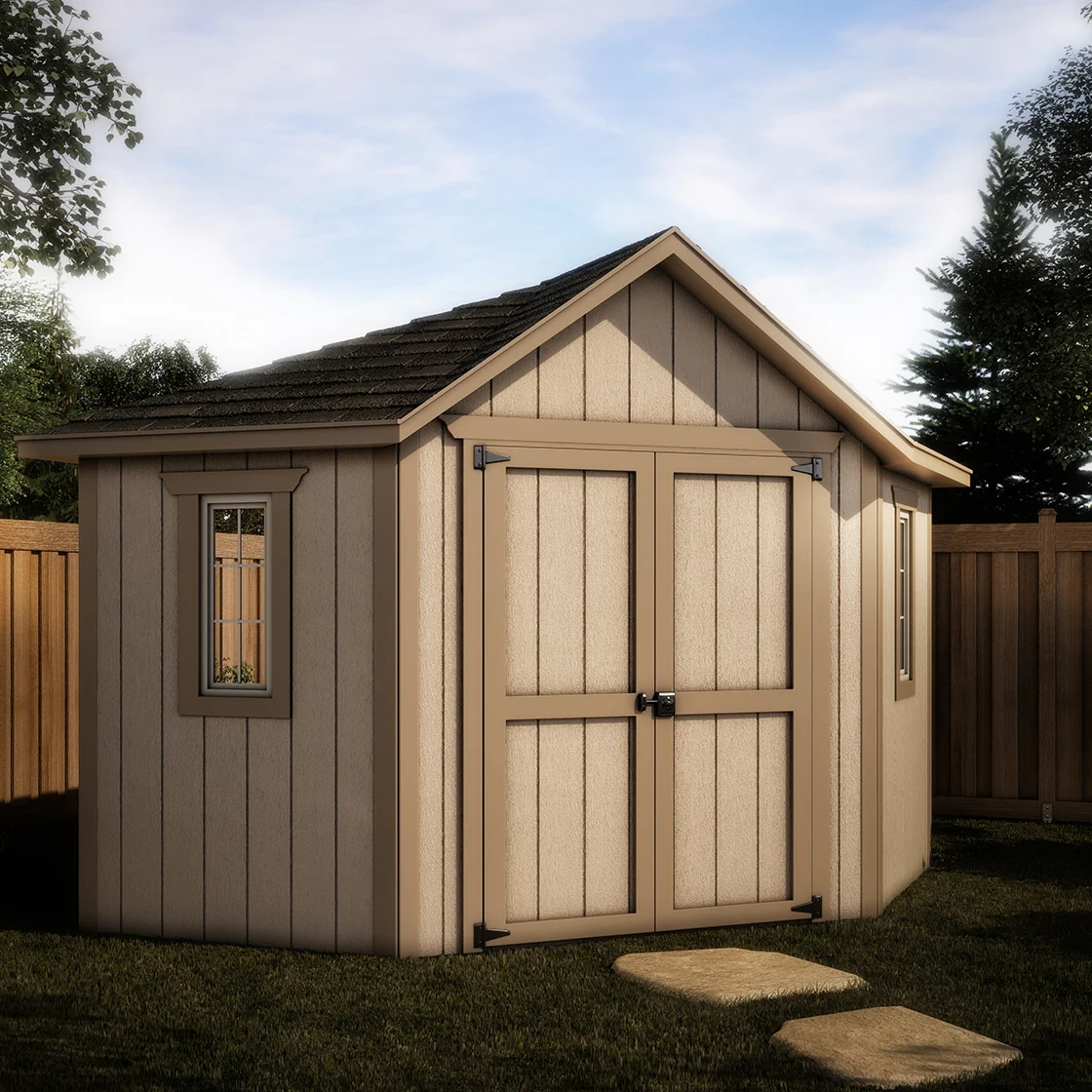Constructing a DIY Outdoor Shed with Loft: A Comprehensive Guide
This comprehensive guide details the process of building a robust and functional outdoor shed incorporating a loft for maximized storage. The project requires basic carpentry skills and readily available materials. Safety precautions should be prioritized throughout the construction process. Always wear appropriate safety gear, including safety glasses, gloves, and hearing protection.
Phase 1: Planning and Preparation
Site Selection and Preparation
The first crucial step involves selecting a suitable location for your shed. Consider factors such as proximity to power sources (if needed), accessibility for material delivery, and the overall aesthetic integration with your property. The ground should be level and free of significant obstructions. Clear the area of vegetation, debris, and any potential hazards. Mark the shed's footprint using stakes and string to ensure accurate placement. For optimal stability, consider a concrete slab foundation or a compacted gravel base, depending on the soil conditions and local building codes.
Material Acquisition and Cut List
Compile a detailed list of necessary materials. This includes pressure-treated lumber for the frame, floor, walls, and roof; plywood for sheathing; roofing materials (e.g., asphalt shingles, metal roofing); fasteners (nails, screws, bolts); hinges; a latch or lock; and any desired finishing materials (e.g., paint, stain). Obtain a detailed cut list. Precise measurements are crucial for efficient construction and minimal waste. Consider using software or creating a spreadsheet to calculate the necessary dimensions for each component of the shed, factoring in the loft design.
Tool Acquisition and Safety Check
Gather the necessary tools, ensuring they are in good working condition and sharpened where applicable. This list includes a measuring tape, level, saw (circular saw, hand saw), drill, screwdriver, hammer, shovel (for ground preparation), post-hole digger (if using post supports), safety glasses, work gloves, and hearing protection. Conduct a thorough safety check of all tools and equipment before commencing construction. Familiarize yourself with the safe operation of each tool.
Phase 2: Foundation and Framing
Foundation Construction
Prepare the foundation according to your chosen method. For a concrete slab, pour and level the concrete, ensuring it is adequately cured before proceeding. For a gravel base, excavate the designated area to the desired depth (typically 4-6 inches), compact the gravel thoroughly, and level the surface. Ensure proper drainage to prevent water accumulation around the shed.
Framing the Floor
Construct the shed's floor frame using pressure-treated lumber. Create a framework of joists spaced 16 inches apart, ensuring they are level and securely fastened to the foundation. Lay plywood sheathing across the joists, securing it with nails or screws. Ensure proper alignment and spacing between the plywood sheets to avoid gaps.
Erecting the Wall Frames
Construct the wall frames using pressure-treated lumber, ensuring accurate measurements and plumb alignment. Use a level and plumb bob to check for verticality and squareness. The frames should be assembled on the ground before lifting and securing them to the floor frame. Use appropriate fasteners to create strong and stable connections.
Building the Loft Framing
Construct the loft framing within the shed structure. This usually involves building a platform using joists and plywood, similar to the floor construction. The height of the loft should be determined based on the desired headroom and storage space. Ensure the loft structure is securely anchored to the shed's walls for stability and safety. Install supporting beams or posts if required, depending on the size and design of the loft.
Phase 3: Sheathing, Roofing, and Finishing
Exterior Sheathing
Apply exterior-grade plywood sheathing to the exterior walls and, if applicable, the loft structure. Ensure the sheathing is securely fastened to the framing, creating a solid and weather-resistant exterior. Caulk around any seams or gaps to enhance weather resistance and prevent air leakage.
Roof Construction
Construct the roof framework according to the chosen roof design (e.g., gable, shed). Ensure the roof rafters are properly aligned and securely fastened. Apply roofing felt or underlayment to protect the sheathing and provide a watertight base for the roofing material. Install the chosen roofing material (e.g., asphalt shingles, metal roofing) according to the manufacturer's instructions.
Door and Window Installation
Install the door and any windows, ensuring they are properly aligned and sealed. Use appropriate hinges and fasteners for secure installation. Consider weatherstripping for enhanced insulation and weather resistance. The door should be hung carefully to ensure smooth operation and a secure closure.
Finishing Touches
Apply a suitable exterior finish to the shed, such as paint or stain, to protect the wood and enhance the appearance. This step helps protect the wood from weather damage and insects. Install any necessary trim or molding to enhance the aesthetic appeal. Install a latch or lock on the door to secure the contents of the shed.
Phase 4: Loft Access and Interior Finishing
Loft Access Construction
Construct a safe and convenient access to the loft. This could involve a built-in ladder, a pull-down staircase, or a fixed staircase depending on the design and space available. Ensure the access is structurally sound and meets safety standards. Consider adding a railing for safety, especially if the loft is high.
Interior Finishing
Consider adding interior finishing touches such as paint or shelving to improve the functionality and appearance of the shed’s interior. Ensure proper ventilation to prevent moisture buildup. Shelving can be added to maximize storage space, both in the main area and in the loft.
Phase 5: Final Inspection and Maintenance
Final Inspection
Conduct a thorough final inspection of the entire shed structure, checking for any loose or damaged components, ensuring all connections are secure, and verifying the functionality of the door, windows, and loft access. Make necessary repairs or adjustments as needed.
Ongoing Maintenance
Regular maintenance is essential to prolong the lifespan of your shed. This includes periodic inspections for damage, repainting or restaining as needed, and cleaning gutters and downspouts to prevent water damage. Address any issues promptly to prevent more extensive repairs in the future.
By following this detailed guide, you can successfully construct a durable and functional outdoor shed with a loft, providing ample storage space for your needs. Remember to prioritize safety throughout the construction process and to enjoy the satisfaction of completing this rewarding DIY project.












